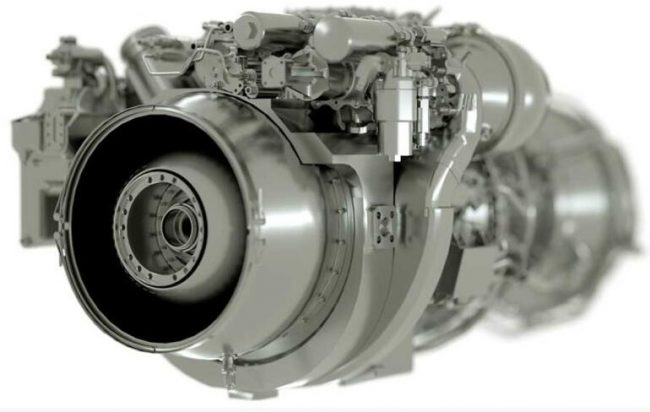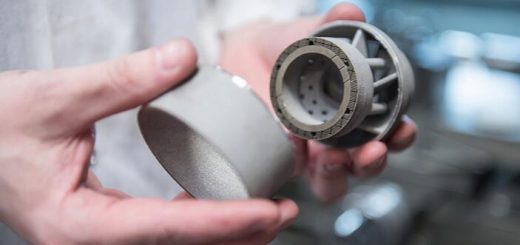GE Researchers Utilize 3D Printing to Design Ultra Performing Heat Exchanger for More Efficient Energy Conversion and Lower Emissions
- Called UPHEAT – Ultra Performance Heat Exchanger enabled by Additive Technology
- GE’s novel heat exchanger will operate at temperatures exceeding 1,650 °F and pressures >3,600 psi
- Delivers 4% improvement in thermal efficiency for supercritical CO2 power cycles power cycles, while improving power output and reducing emissions.
GE Research is leading a $2.5 MM project through the Advanced Research Projects Agency’s (ARPA-E) High Intensity Thermal Exchange through Materials and Manufacturing Processes program (HITEMMP) to develop a high temperature, high pressure and super-compact heat exchanger that would enable cleaner, more efficient power generation in both existing and next generation power plant platforms.

An interdisciplinary team of world-class experts in high temperature metal alloys, thermal management and additive manufacturing are partnering with University of Maryland and Oak Ridge National Laboratory to develop a 900°C (1652°F) and 250 bar (3626 psi) capable heat exchanger that would enable advanced applications in power and aviation that create a step change in energy efficiency.
Peter deBock, a Principal Thermal Engineer for GE Research and project leader on the ARPA-E award, says the unique blend of skillsets on the team will yield a new heat exchanger design that breaks new efficiency barriers. “We’re taking our deep knowledge in metals and thermal management and applying it in ways we couldn’t have before through the power of 3D printing, deBock said. “With 3D printing, we can now achieve new design architectures previously not possible. And this will allow us to create an ‘UPHEAT’ device that can operate cost effectively at temperatures 250°C (450°F) degrees higher than today’s heat exchangers.”
deBock noted that heat exchangers perform a similar function to the lungs in the human body. “Lungs are the ultimate heat exchanger, circulating the air you breathe to keep the body functioning at peak performance while also regulating your body’s temperature. Heat exchangers in power generation equipment like a gas turbine essentially perform the same function, but at much higher temperatures and pressures. With additive manufacturing, GE and University of Maryland will now explore more intricate biological shapes and designs to enable a step change in heat exchanger performance that delivers higher efficiency and lower emissions.”
The new heat exchanger being developed by the team will leverage a unique, high-temperature capable, crack-resistant nickel superalloy, designed specifically for the additive manufacturing process by the team at GE Research. Oak Ridge National Laboratory will leverage their well-known expertise in corrosion science to test and validate the materials long term performance. When completed, the heat exchanger will enable increased thermal efficiency of indirect heated power cycles such as supercritical carbon dioxide (sCO2) Brayton power generation, reducing energy consumption and emissions. In addition, high temperature capable heat exchangers offer new opportunities in advanced aerospace applications.
The goal of the 2.5-year program is to develop and demonstrate the 3D printed heat exchanger at full temperature and pressure capabilities.
Source: GE




Recent Comments